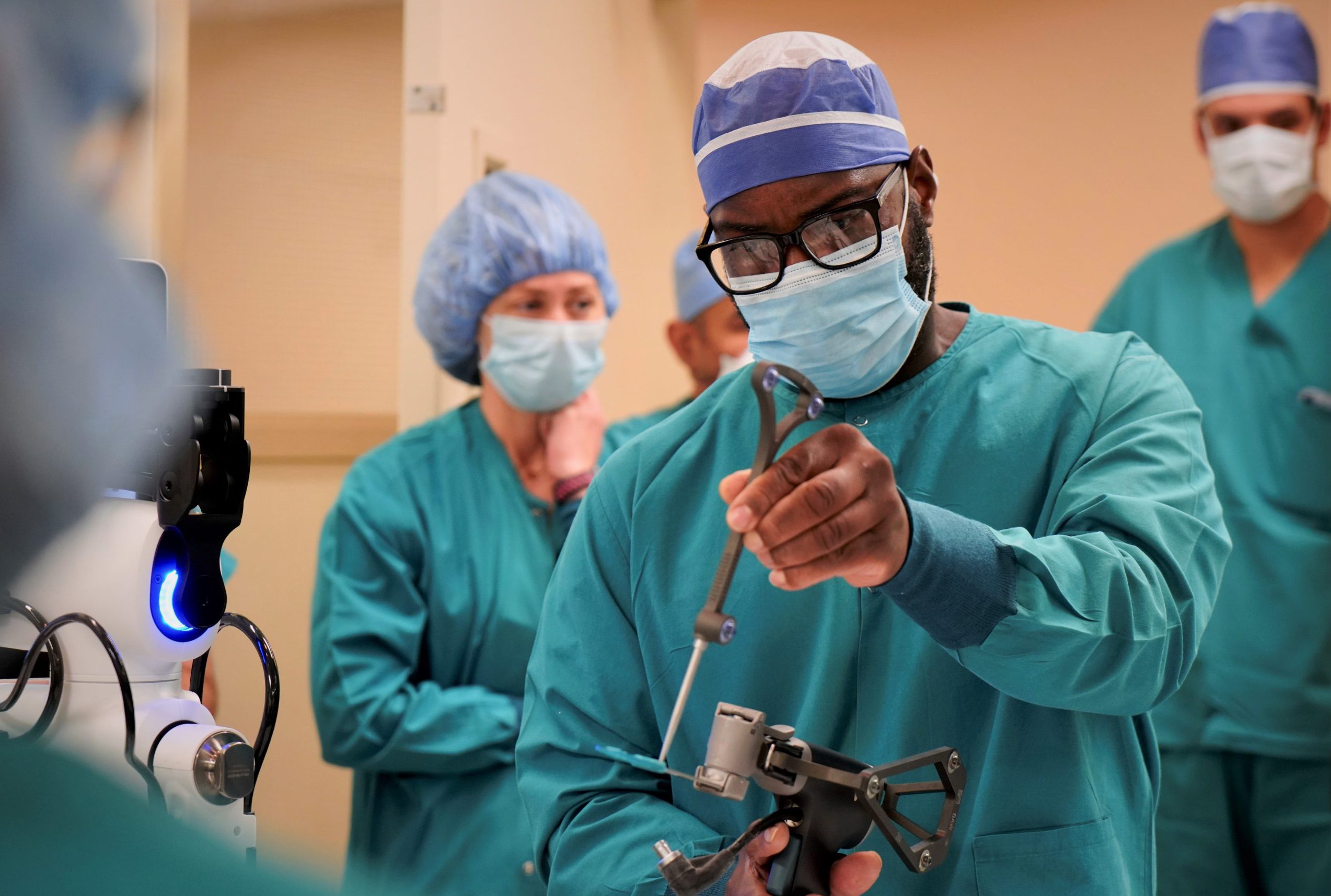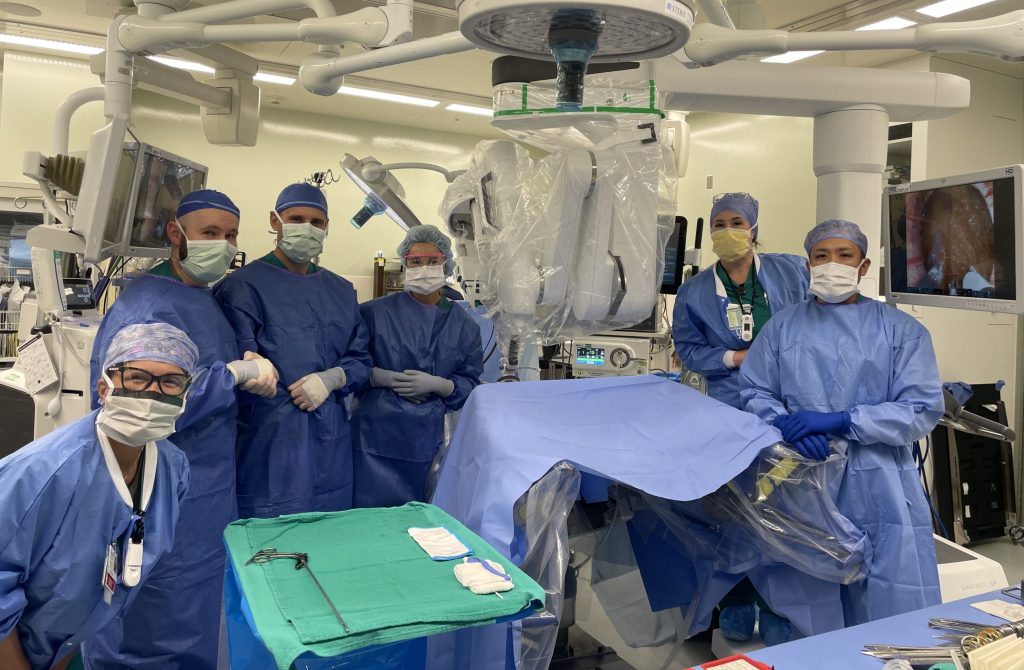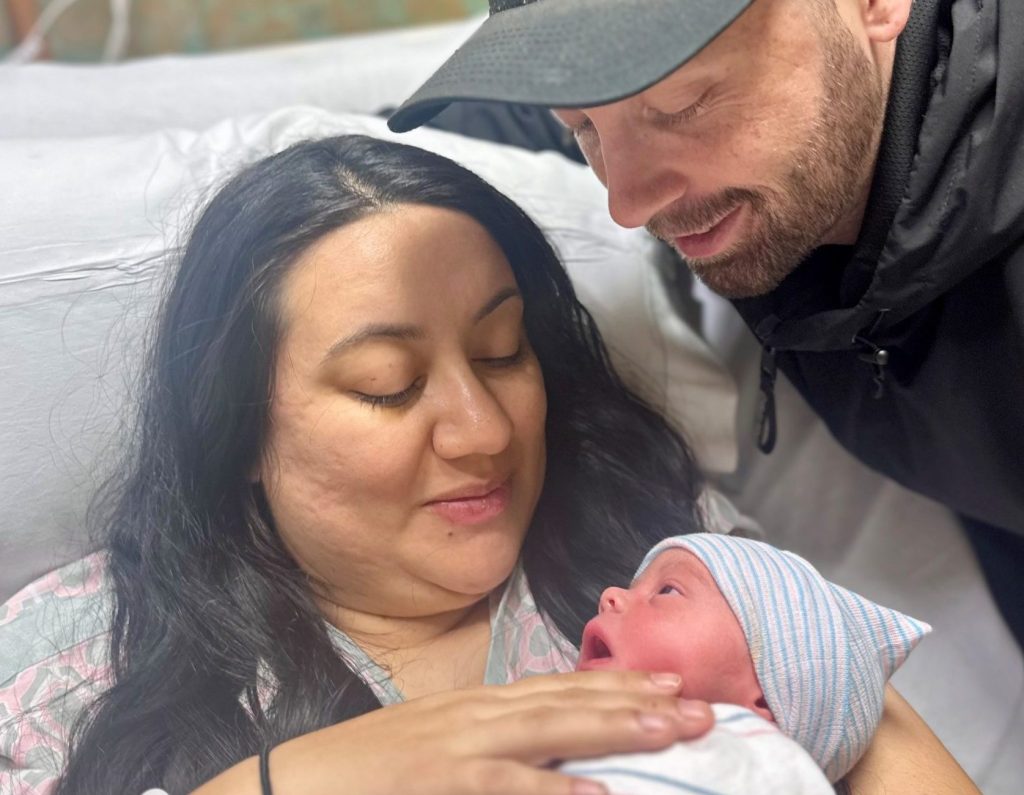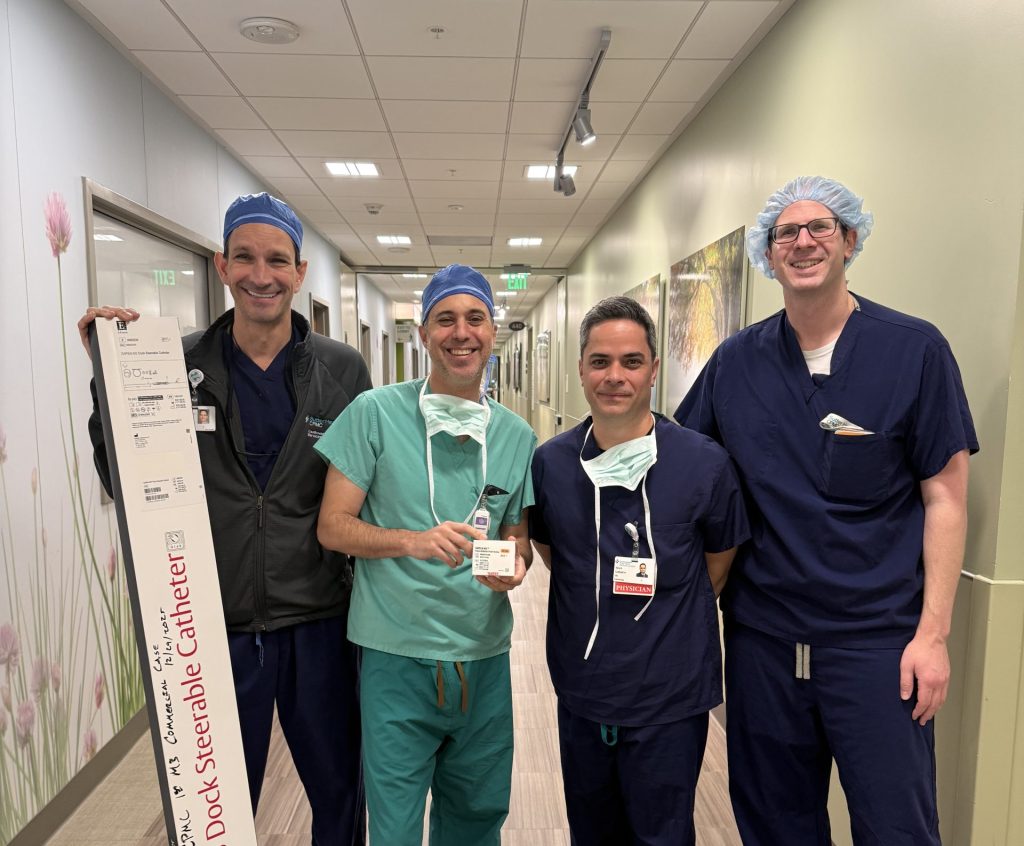Dr. Robert Mayle, a board-certified orthopedic surgeon in Novato, Calif., has a new partner — a robot.
A new knee replacement robot has taken up residence in an operating suite at Novato Community Hospital, and Dr. Mayle says the robot doesn’t replace him as the lead surgeon, but allows him to improve accuracy within millimeters and degrees.
Dr. Mayle, who performs knee and hip surgeries at Novato Community Hospital, part of Sutter Health’s integrated network of care, explains that an experienced orthopedic surgeon doesn’t necessarily need a robot to perform surgery.
“But having it,” he says, “brings benefits to patients post-op, including potentially less pain and a faster recovery than traditional joint replacement.”
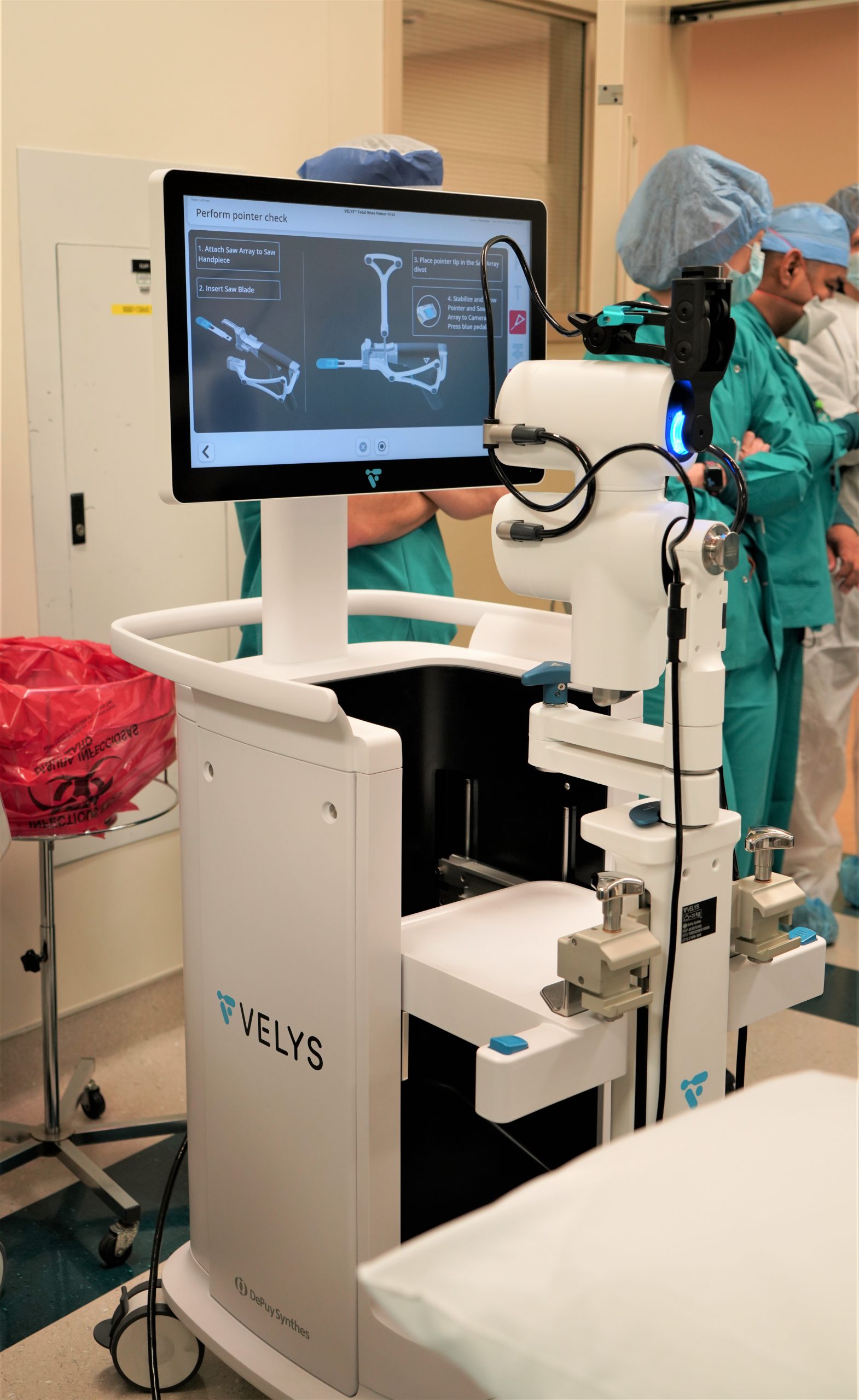
The VELYS® Robotic-Assisted Solution at Sutter’s Novato Community Hospital
During surgery, the VELYS® Robotic-Assisted Solution provides a multidimensional view of the patient’s knee and allows the surgeon to make cuts and place the implant with incredible precision. Product-maker DePuy Synthes says the system’s technology also includes a special camera and optical tracking that provides real-time, exact information that ensures the joint’s proper fit and balance.
Joint effort between surgeon and robot
As with all things in healthcare, technology has led to transformation. Breakthroughs in surgical techniques, better instrumentation and more durable implant materials have led to the success of minimally invasive orthopedic surgery in modern times. Advances in robotics may be the next era of defining what’s possible for patients, but as Dr. Mayle points out, surgeons are still in the driver’s seat.
“People think that we hook this thing up and it does the knee replacement entirely…that’s not true. As surgeons, we still have complete control over case planning and the actual surgery,” says Dr. Mayle. “It’s a partnership.”
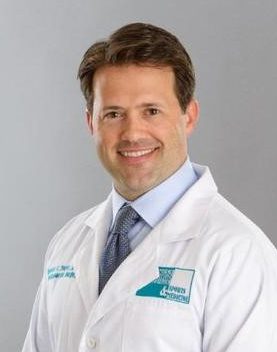
Robert Mayle, M.D.
What is true is the country’s growing aging population and people’s desire to be more active into older age.
More than 1 million total joint replacements are performed in the United States each year, and experts predict this number will increase to nearly 4 million by 2030.
Technological advancements have made knee replacements more desirable, particularly because the majority of patients are now home the next day or the same day as their procedure. Dr. Mayle says it’s not uncommon for a patient to be up and walking around 3-4 hours post surgery.
Sutter’s network of 400 orthopedic and sports medicine experts perform more than 10,000 orthopedic procedures a year.
With this acquisition of the VELYS®, NCH joins several other sister Sutter hospitals who also employ robotic surgery technology, including California Pacific Medical Center, Alta Bates Summit Medical Center and Sutter Roseville Medical Center.
Additionally, Sutter’s network includes 13 facilities that the Blue Cross Blue Shield Association has named “Blue Distinction Centers” for their safe, effective, and cost-efficient treatment of knee and hip replacement.
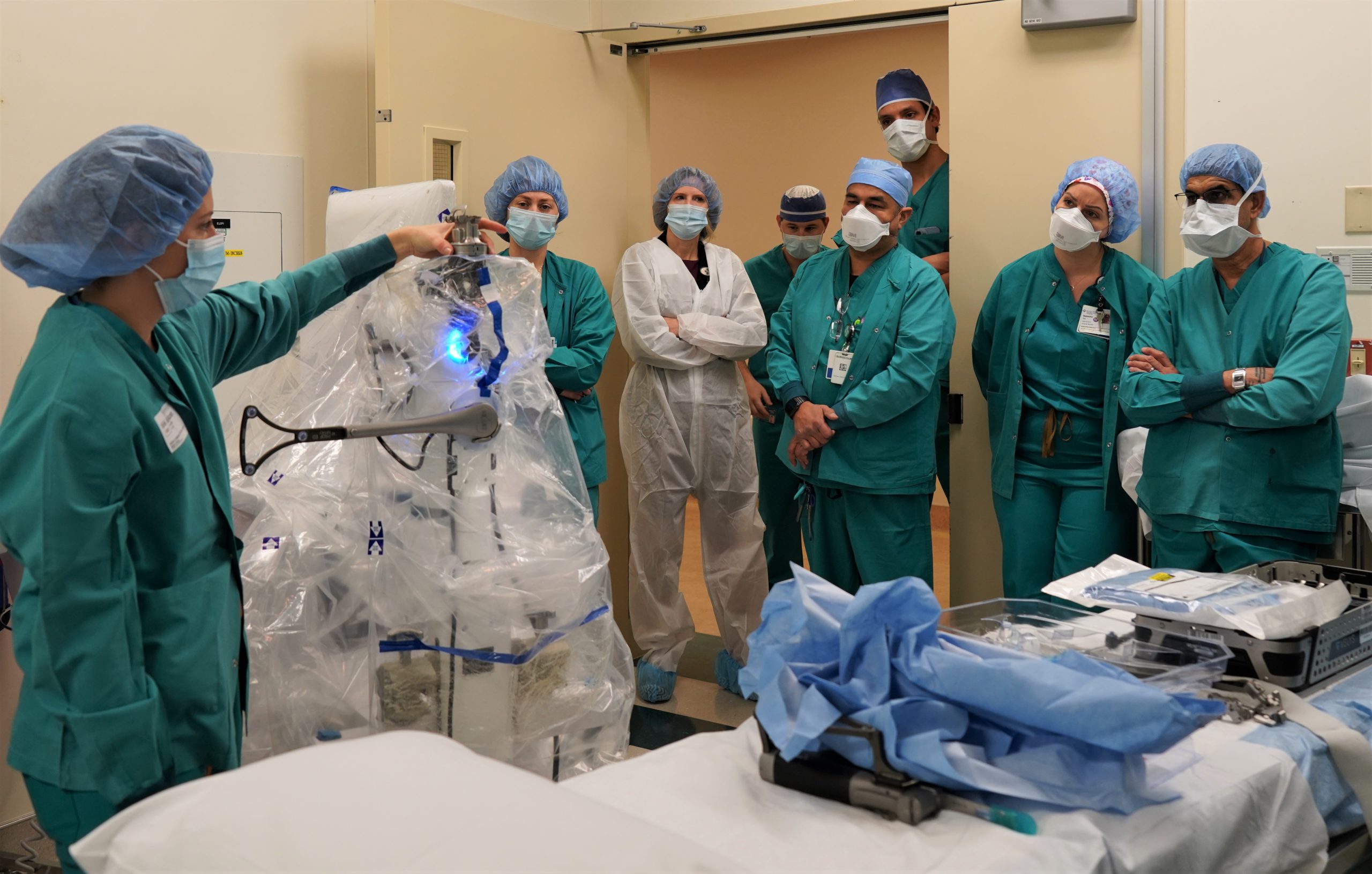
Operating room staff undergo training on the new VELYS® robot at Novato Community Hospital
Sutter Health is a pioneer in robotic-assisted orthopedic surgery, dating back three decades. Dr. William Bargar, an orthopedic surgeon with engineering degrees, performed the first-ever human robotic surgery in 1992 at Sutter General Hospital in Sacramento, where he used computer-assisted design (CAD) and precision robotic machinery to improve total hip arthroplasty.

